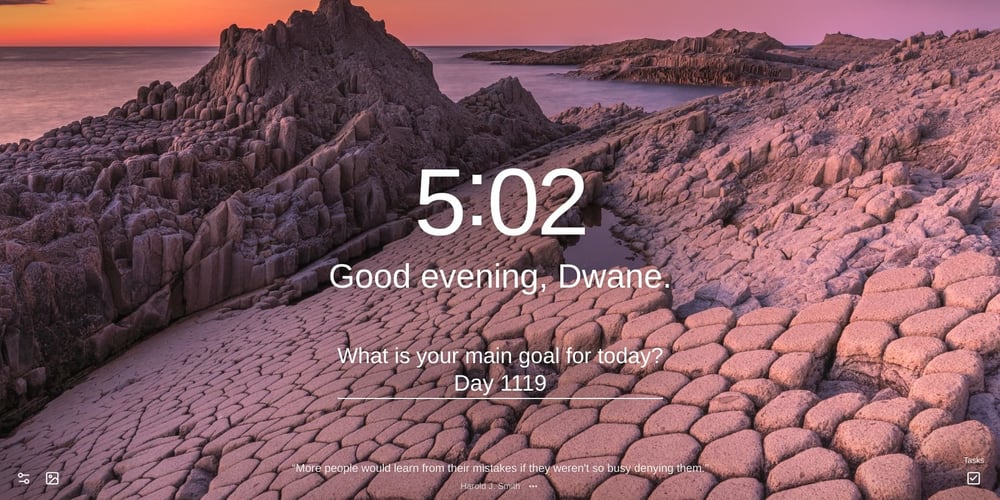Top Software Testing Statistics & Trends for 2025
Software testing isn’t what it used to be — and that’s a good thing. Once seen as a final checkpoint before release, it now sits at the centre of modern software delivery, shaped by DevOps, fueled by automation, and increasingly powered by AI. Naturally, the expectations of how, where, and why we test are rapidly changing. There’s a greater demand for a more integrated, continuous, and innovative approach to ensure superior quality at every stage of development. Keeping that thought in mind, we’ve curated a list of top software testing statistics in this blog post. Let’s explore what’s scaling, what’s stalling, and what’s next. We’ll be talking real numbers here — from global workforce patterns to the rise of AI in test automation. Let’s get started. Popular Software Testing Statistics in 2025 1. Industry growth and market size The global software testing market is projected to be valued at $97.3 billion by 2032, growing at a CAGR of 7% between Unified Functional Testing (UFT) tools are expected to grow from $2.5 billion in 2022 to $5.2 billion by 2030 at a CAGR of 10.5% A whopping 40% of large enterprises are allocating over 25% of their total budget to testing, while nearly 10% invest more than half of their entire budget specifically in testing efforts About 42% of enterprise-scale companies have actively deployed AI in their business, with an additional 40% currently exploring or experimenting with AI but haven’t deployed their models Around the world in 2025, over 31,854 companies have started using Selenium as a testing and QA tool 2. Geographical landscape and workforce Ireland leads globally with the highest density of software testers (61.2 per 100,000 people), reflecting the country’s strong focus on QA and technology The Asia-Pacific IT services region will reach $410 billion by 2031, growing at a CAGR of 11%, primarily due to increased software development activities in countries like India and China North America (US and Canada) contributes to 37% of the total market growth worldwide, especially in sectors such as retail, BFSI, telecom, and media The Middle East and Africa Enterprise Resource Planning (ERP) software market size is projected to be valued at $10.2 billion by 2032, exhibiting a CAGR of 8.7% Among software testers, 37.9% are female, while the majority, constituting 62.1%, are male 3. Agile and DevOps testing evolution The DevOps market is predicted to grow to $25.5 billion by 2028, suggesting a strong trend toward integrated development and operations practices Almost 86% of software developers use Agile in their work Scrum is the most widely- practiced Agile method, with at least 75% of developers practicing Scrum or a hybrid that includes Scrum Companies that successfully scaled Agile development reported higher productivity levels by 30%–50% and decreased time to market typically by 2X-3X or more About 83% of developers are engaged in DevOps-related activities 4. AI/ML in software testing The global Artificial Intelligence (AI) market size is projected to expand at a CAGR of 37.3% from 2023 to 2030 AI in software testing helps improve the reliability of tests (33%) and minimize the number of defects (29%) By 2028, 75% of enterprise software engineers will use AI code assistants, up from less than 10% in early 2023 Around 48% of businesses are using ML for tasks such as data analysis, defect prediction, and test optimization, showcasing its growing role in software testing AI in software testing is projected to grow by 37.3% from 2023 to 2030, reflecting increasing reliance on intelligent tools for quality assurance 5. Cyber security testing trends Cybercrime costs are expected to grow by 15% per year over the next five years, reaching $10.5 trillion annually by 2025 By 2026, 10% of large enterprises will have a mature and measurable zero-trust program in place, up from less than 1% back in 2023 By mid-2024, there were 22,254 reported CVEs (Common Vulnerabilities and Exposures), reflecting a 30% increase from 2023 and a 56% rise from 2022 75% of US and UK security practitioners adopted AI tools in 2024 for penetration testing and threat detection Only 14% of organizations feel confident about their current cybersecurity talent pool 6. Test automation vs manual testing About 25% of companies that invested in test automation agreed that their ROI was immediate By 2025, it’s expected that up to 73% of organizations will aim for a balanced approach between manual and automated testing methodologies Automation testing will scale to $29.29 billion in 2025 from $25.4 billion in 2024, with a CAGR of 15.3% 54% percent of enterprises are adopting agile/DevOps for test automation initiatives, while 78% of high-performing organizations are, too Test automation has replaced 50% or more of the manual testing efforts in 46% of the cases Green software testing** ** The Information and Communication Technology (ICT) sector is projected to contribute 14% of g
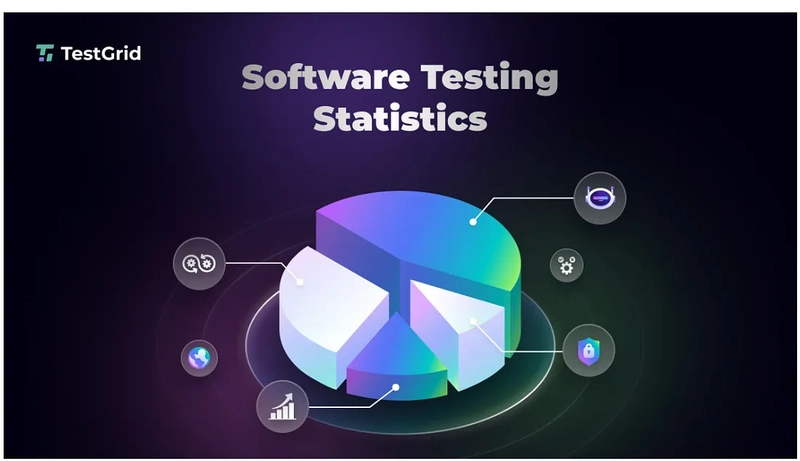
Software testing isn’t what it used to be — and that’s a good thing. Once seen as a final checkpoint before release, it now sits at the centre of modern software delivery, shaped by DevOps, fueled by automation, and increasingly powered by AI.
Naturally, the expectations of how, where, and why we test are rapidly changing. There’s a greater demand for a more integrated, continuous, and innovative approach to ensure superior quality at every stage of development.
Keeping that thought in mind, we’ve curated a list of top software testing statistics in this blog post. Let’s explore what’s scaling, what’s stalling, and what’s next. We’ll be talking real numbers here — from global workforce patterns to the rise of AI in test automation.
Let’s get started.
Popular Software Testing Statistics in 2025
1. Industry growth and market size
- The global software testing market is projected to be valued at $97.3 billion by 2032, growing at a CAGR of 7% between
- Unified Functional Testing (UFT) tools are expected to grow from $2.5 billion in 2022 to $5.2 billion by 2030 at a CAGR of 10.5%
- A whopping 40% of large enterprises are allocating over 25% of their total budget to testing, while nearly 10% invest more than half of their entire budget specifically in testing efforts
- About 42% of enterprise-scale companies have actively deployed AI in their business, with an additional 40% currently exploring or experimenting with AI but haven’t deployed their models
- Around the world in 2025, over 31,854 companies have started using Selenium as a testing and QA tool
2. Geographical landscape and workforce
- Ireland leads globally with the highest density of software testers (61.2 per 100,000 people), reflecting the country’s strong focus on QA and technology
- The Asia-Pacific IT services region will reach $410 billion by 2031, growing at a CAGR of 11%, primarily due to increased software development activities in countries like India and China
- North America (US and Canada) contributes to 37% of the total market growth worldwide, especially in sectors such as retail, BFSI, telecom, and media
- The Middle East and Africa Enterprise Resource Planning (ERP) software market size is projected to be valued at $10.2 billion by 2032, exhibiting a CAGR of 8.7%
- Among software testers, 37.9% are female, while the majority, constituting 62.1%, are male
3. Agile and DevOps testing evolution
- The DevOps market is predicted to grow to $25.5 billion by 2028, suggesting a strong trend toward integrated development and operations practices
- Almost 86% of software developers use Agile in their work
- Scrum is the most widely- practiced Agile method, with at least 75% of developers practicing Scrum or a hybrid that includes Scrum
- Companies that successfully scaled Agile development reported higher productivity levels by 30%–50% and decreased time to market typically by 2X-3X or more
- About 83% of developers are engaged in DevOps-related activities
4. AI/ML in software testing
- The global Artificial Intelligence (AI) market size is projected to expand at a CAGR of 37.3% from 2023 to 2030
- AI in software testing helps improve the reliability of tests (33%) and minimize the number of defects (29%)
- By 2028, 75% of enterprise software engineers will use AI code assistants, up from less than 10% in early 2023
- Around 48% of businesses are using ML for tasks such as data analysis, defect prediction, and test optimization, showcasing its growing role in software testing
- AI in software testing is projected to grow by 37.3% from 2023 to 2030, reflecting increasing reliance on intelligent tools for quality assurance
5. Cyber security testing trends
- Cybercrime costs are expected to grow by 15% per year over the next five years, reaching $10.5 trillion annually by 2025
- By 2026, 10% of large enterprises will have a mature and measurable zero-trust program in place, up from less than 1% back in 2023
- By mid-2024, there were 22,254 reported CVEs (Common Vulnerabilities and Exposures), reflecting a 30% increase from 2023 and a 56% rise from 2022
- 75% of US and UK security practitioners adopted AI tools in 2024 for penetration testing and threat detection
- Only 14% of organizations feel confident about their current cybersecurity talent pool
6. Test automation vs manual testing
- About 25% of companies that invested in test automation agreed that their ROI was immediate
- By 2025, it’s expected that up to 73% of organizations will aim for a balanced approach between manual and automated testing methodologies
- Automation testing will scale to $29.29 billion in 2025 from $25.4 billion in 2024, with a CAGR of 15.3%
- 54% percent of enterprises are adopting agile/DevOps for test automation initiatives, while 78% of high-performing organizations are, too
- Test automation has replaced 50% or more of the manual testing efforts in 46% of the cases
Green software testing**
**The Information and Communication Technology (ICT) sector is projected to contribute 14% of global greenhouse gas emissions by 2040
The global green IT services market size is predicted to be valued at $37.3 billion by 2032, registering a CAGR of 10.6%
By 2027, 30% of global large enterprises will include software sustainability as a non-functional requirement
68% of software practitioners agree more resources would help them and their teams implement green software better
-
The random forest algorithm, which combines the output of a collection of decision trees to make a prediction, has been reported to be the most energy-greedy algorithm
Conclusion
As software testing continues to evolve alongside rapid technological advancements, it’s clear that we’re moving beyond traditional boundaries. From the widespread adoption of AI and test automation to the rise of DevOps, Agile, and even green testing practices, the landscape is transforming at an
unprecedented pace. These statistics not only reflect shifting priorities — like cybersecurity, sustainability, and continuous integration — but also signal a future where testing becomes more proactive, strategic, and intelligent.
For businesses and QA teams, staying informed and adaptable is key. The trends highlighted here are not just numbers — they’re signals of where the industry is headed. Embracing these changes will be essential to deliver faster, safer, and more efficient software in the years to come.
Source: This blog was originally published on Testgrid



































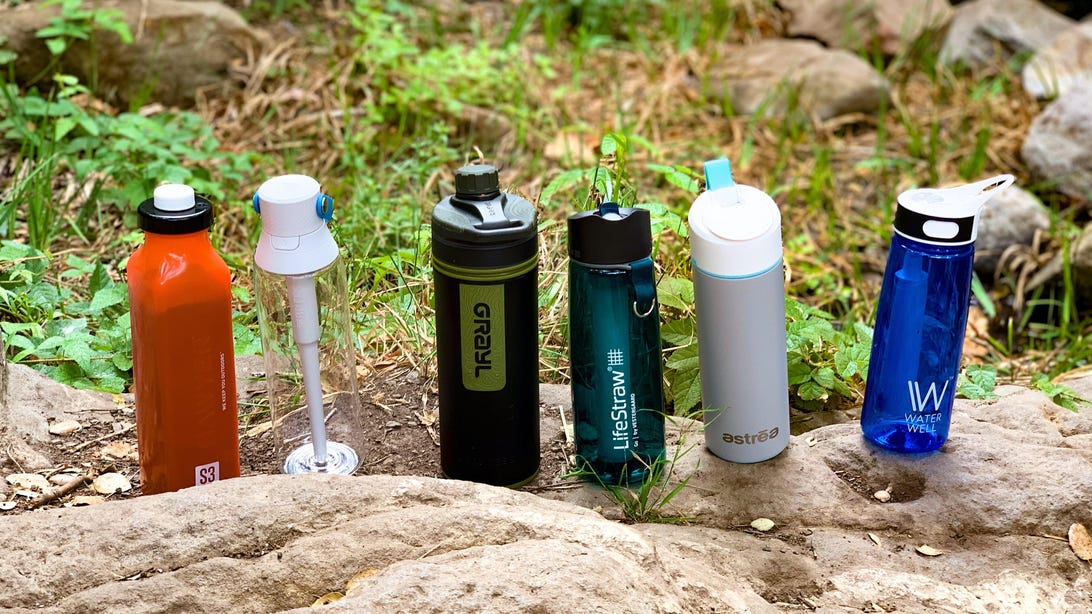








































































































































![[The AI Show Episode 143]: ChatGPT Revenue Surge, New AGI Timelines, Amazon’s AI Agent, Claude for Education, Model Context Protocol & LLMs Pass the Turing Test](https://www.marketingaiinstitute.com/hubfs/ep%20143%20cover.png)














































































































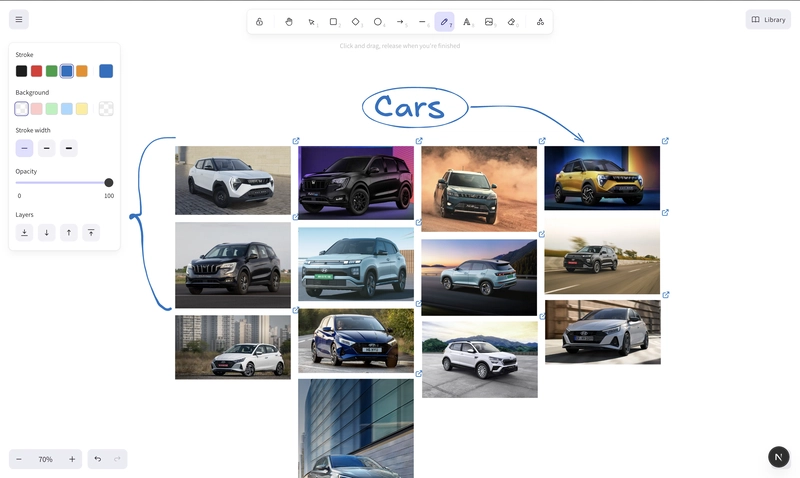

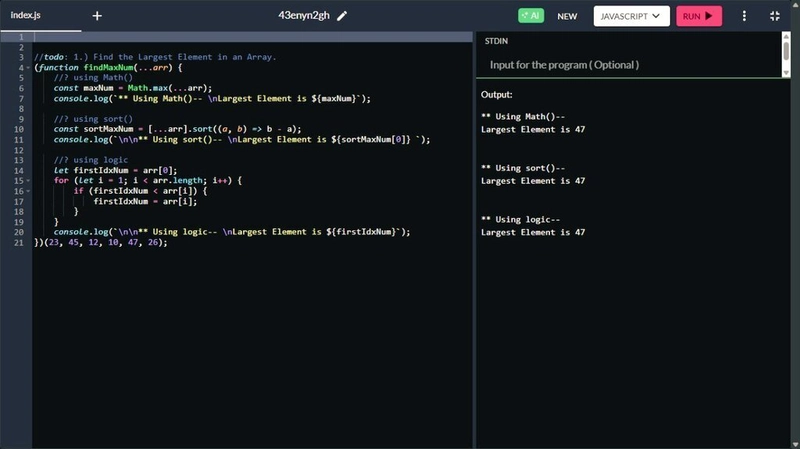
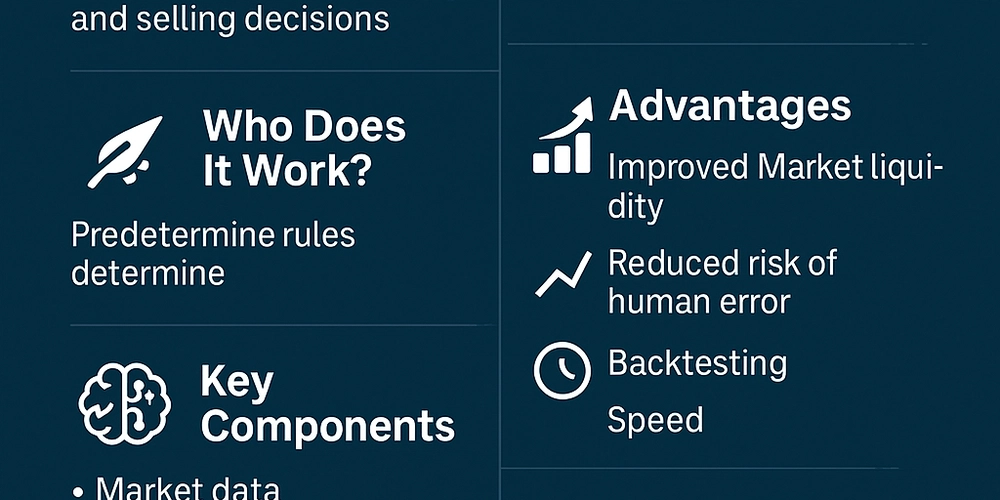








![[DEALS] Microsoft Visual Studio Professional 2022 + The Premium Learn to Code Certification Bundle (97% off) & Other Deals Up To 98% Off](https://www.javacodegeeks.com/wp-content/uploads/2012/12/jcg-logo.jpg)



![From Accountant to Data Engineer with Alyson La [Podcast #168]](https://cdn.hashnode.com/res/hashnode/image/upload/v1744420903260/fae4b593-d653-41eb-b70b-031591aa2f35.png?#)





































































































.png?#)














































































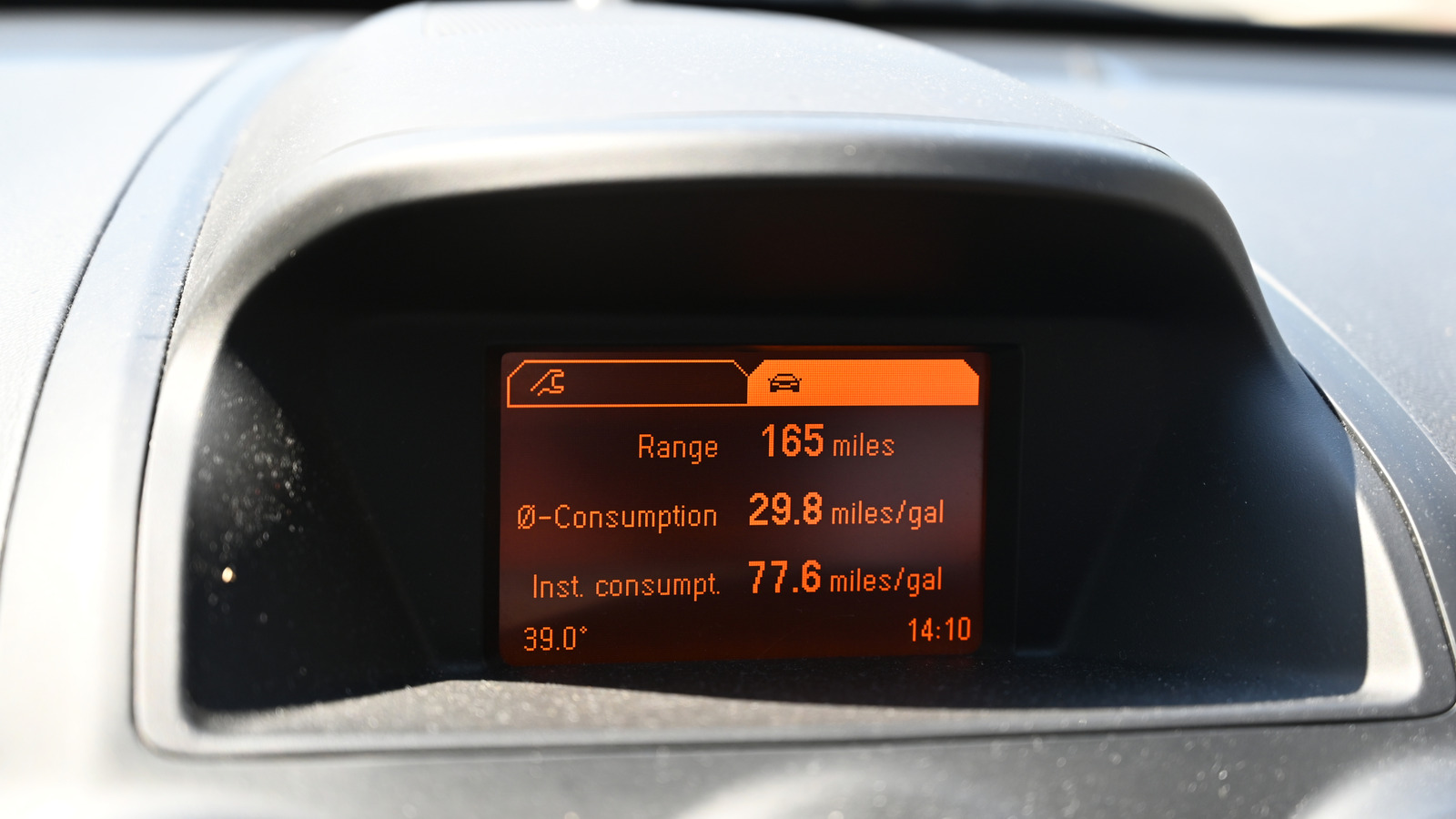





































































![Apple TV+ Summer Preview 2025 [Video]](https://www.iclarified.com/images/news/96999/96999/96999-640.jpg)
![Apple Watch SE 2 On Sale for Just $169.97 [Deal]](https://www.iclarified.com/images/news/96996/96996/96996-640.jpg)

![Apple Posts Full First Episode of 'Your Friends & Neighbors' on YouTube [Video]](https://www.iclarified.com/images/news/96990/96990/96990-640.jpg)





























































































































